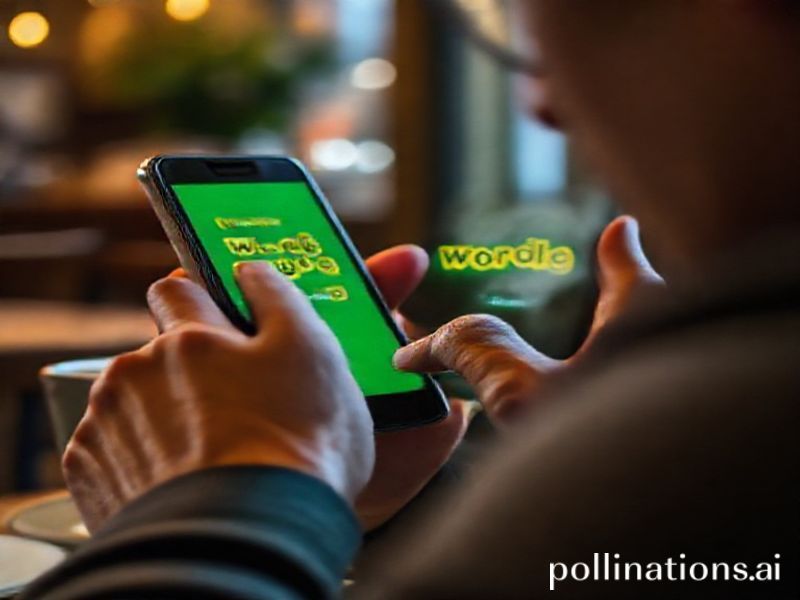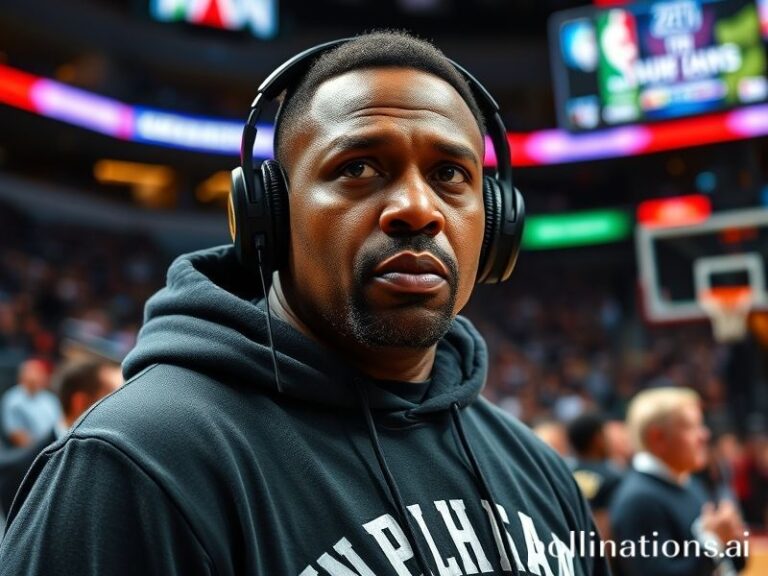Wordle: The Global Brain-Teaser Taking Over the Internet
# Why the NYT’s Wordle is the Latest Brainy Buzzword
Okay, let’s dive into the latest global phenomenon that’s got everyone from your grandma to your tech-savvy coworker hooked: the New York Times’ Wordle. This addictive little word game has taken the world by storm, and it’s not just because it’s a fun way to kill five minutes—though, let’s be real, that’s a big part of it.
First off, let’s get into the cultural context. In a world where our attention spans are shorter than a TikTok video, Wordle offers a refreshing break from the constant stream of digital noise. It’s like a tiny intellectual oasis in the middle of the social media desert. You get one shot at solving a five-letter word puzzle each day, and that’s it. No endless scrolling, no ads, just you and your brain versus the word of the day. It’s a game that respects your time and your intelligence, which is a rare treat these days.
But why is it trending globally? Well, part of the charm is its simplicity. Wordle is like the minimalist design trend of the gaming world. It’s clean, it’s straightforward, and it doesn’t try to dazzle you with flashy graphics or complex rules. It’s just a word game, plain and simple. But don’t let its simplicity fool you; Wordle is deceptively challenging. It’s like the brain’s version of a daily workout, and we all know how satisfying it feels to flex those mental muscles.
Socially, Wordle has become the ultimate icebreaker. You can’t go five minutes without hearing someone talking about their latest score or strategy. It’s like a modern-day version of watercooler talk, only instead of discussing last night’s TV show, we’re all sharing our linguistic victories and defeats. Plus, it’s a great way to bond with people across different ages and backgrounds. Whether you’re a high school student or a retired grandparent, Wordle is a game that everyone can enjoy.
But what really sets Wordle apart is its significance in the digital age. In a time when we’re all drowning in information overload, Wordle is a reminder that sometimes, the simplest things can bring us the most joy. It’s a game that encourages us to slow down, to think, and to engage with the world around us in a meaningful way. It’s a small but powerful example of how technology can be used to enrich our lives, rather than just distract us.
So, why is the NYT’s Wordle trending globally? Because it’s more than just a game; it’s a cultural phenomenon that’s bringing people together, sparking conversations, and reminding us all of the simple pleasures in life. In a world that often feels chaotic and overwhelming, Wordle is a tiny, five-letter word of hope and connection. And in our increasingly digital lives, we could all use a little more of that.







